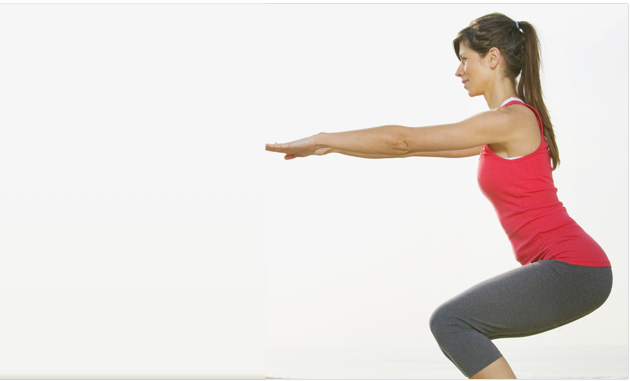Rep Your Way to Movement Control

We can agree that there are genetic outliers in the human population who are simply bigger, stronger, and faster than most of us. No shame, it’s just the way it is. So thinking about movements we can all learn to perform, what is required for mastery? When I speak of “mastery” I don’t literally mean perfecting a movement, but rather, developing a consistent, repeatable, accurate, and successful movement pattern. Take for example the following movements:
• Throwing a baseball accurately
• Shooting a basketball accurately
• Performing a dance movement
• Swinging a golf club
• Catching a ball
These are movements that we can all agree aren’t impossible to “master,” even if most of us haven’t necessarily mastered all those movements listed. So what would it take to master these skills? What does it take to master anything? Practice.
Not earth-shattering news there, but we often forget this principle as it relates to our physical training. We endured many efforts ending in failure before succeeding when learning to walk, ride a bike, or even write our name. Again, what did it take? Practice.
So when it comes to a complex training movement why do we often forget that mastery doesn’t necessarily come in minutes, hours, days, weeks, or sometimes even months? And further, wouldn’t it then make sense that movement control and mastery doesn’t come without a lot of practice/repetitions?
Let’s discuss an example of exercise. In gym settings everywhere, folks are incorporating the squat as part of their training regimen. The squat is a complicated movement for many, so how are folks learning to squat properly? By performing 4 sets once a week? By performing 4 sets of 12 three times a week?
I’m no mathematician but say you only perform 4 sets of 12 once a week. Are you really going to master the squat anytime soon with 48 repetitions per week? Even if you perform 4 sets of 12 two or three times per week, are you going to master the squat rapidly?
Maybe you might benefit from even higher reps in your squat or whatever movement you are practicing to “master.” Of course, nothing is ever that simple. So try some of these methods below to take advantage of increased repetitions and speed your mastery of a physical training movement.
Make The Movement Your Warm-Up
What better warmup for an exercise than…the exercise itself? Take the squat for example, if barbell squats are planned in your workout why NOT include weightless air squats in your warmup? Why NOT progress your warmup with numerous warmup sets with lighter weight? Why NOT walk past the cardio area on a squat day and simply start your day with air squats?
Move S-L-O-W-L-Y
Are you moving a weight, or are you controlling a weight? Moving it will certainly get the weight from Point A to Point B, but do you know how you did it? Performing a movement slower will encourage mind-muscle connection as you move slowly enough to begin to feel muscle recruitment and balance. Another suggestion is stopping mid-movement when you feel yourself out of your desired movement groove. Pause, recollect yourself, realign your movement, and then continue.
Close Those Eyes
We’re often told that when we can’t rely on one sense, others become heightened. Try closing your eyes while performing a movement. Focus on feeling the muscles involved and working, feel your correct movement groove and try to stay in it. Machines would be a great place to practice this method as balance and spatial awareness require a more advanced skill. Get your feet wet with machines and as you progress you can advance towards exercises with free weights.
Use Light Weight or even No Weight
Nobody is saying all your extra reps have to be at a challenging weight. These reps aren’t from your working sets calculated to promote muscle growth, but they are sets in your workouts. Call them practice, call them warm up, whatever, practice dominating the movement with form and technique. This method will also remind you what you should be but maybe aren’t doing with a heavier load.
Increase Your Sets
Whether your workout plans for 4 sets of 12, 3 sets using a pyramiding your repetitions from high to low, or just planning a few heavy sets with low reps, what’s the harm in a few extra practice sets? Who says you only get one warmup set? Why not 2, 3, 4, or however many you need to incrementally reach your working sets?
Increasing your sets will, of course, have the benefit of extra reps for…PRACTICE! Second, increasing sets as a warmup can ensure your body’s participating muscles are warm, elastic, and prepared to work. Lastly, an extended warmup will provide further practice feeling the correct movement pattern.
After all, the heavier the weight becomes, the more difficult it will be to ensure proper technique. Pay attention to what you feel, because your goal is to recruit the exact same muscles, balance, coordination, and power to replicate the movement regardless of weight.
“Practice doesn’t make perfect. Perfect practice makes perfect.”
Remember not all reps are created the same. The technique is important. What good is practice if you practice something wrong? You will just get good at doing something wrong! If you need assistance, find a coach, hire a trainer, find someone qualified who can teach you a movement if you require it.
